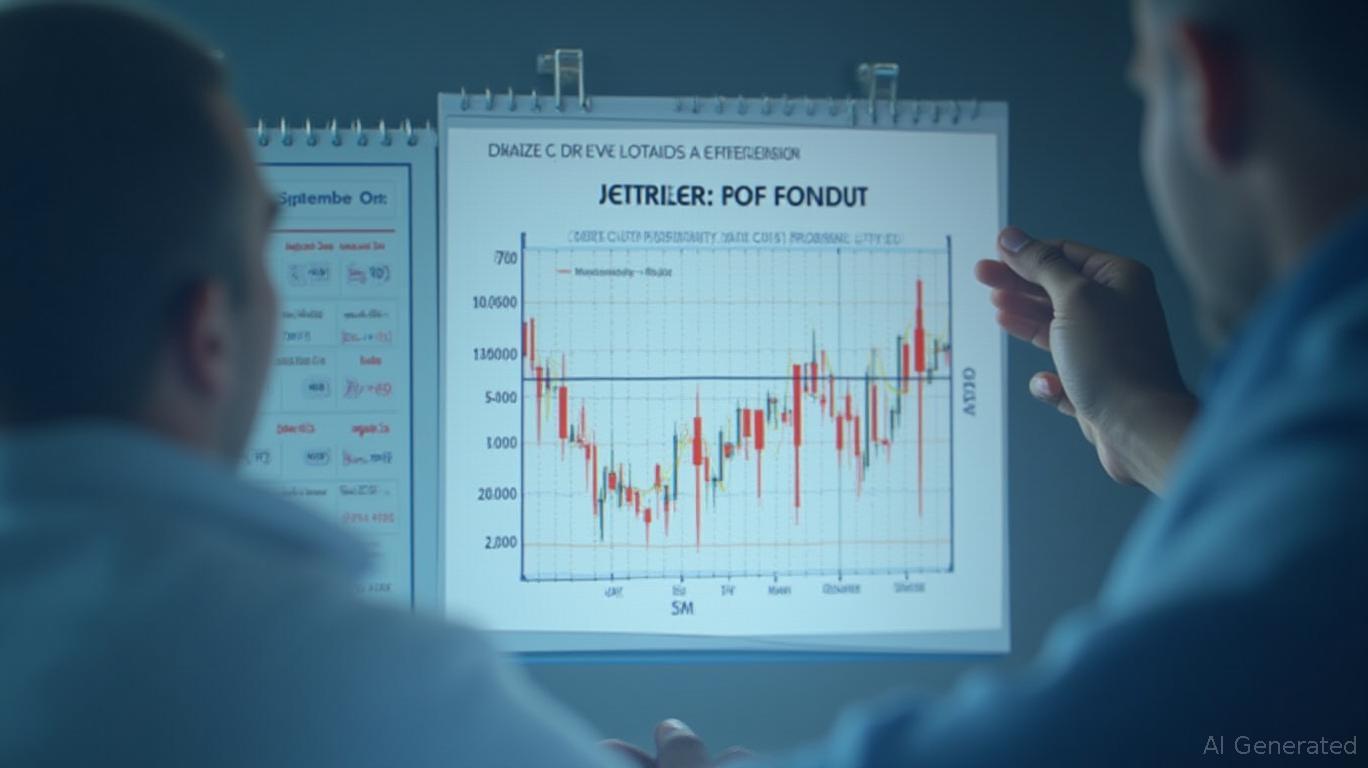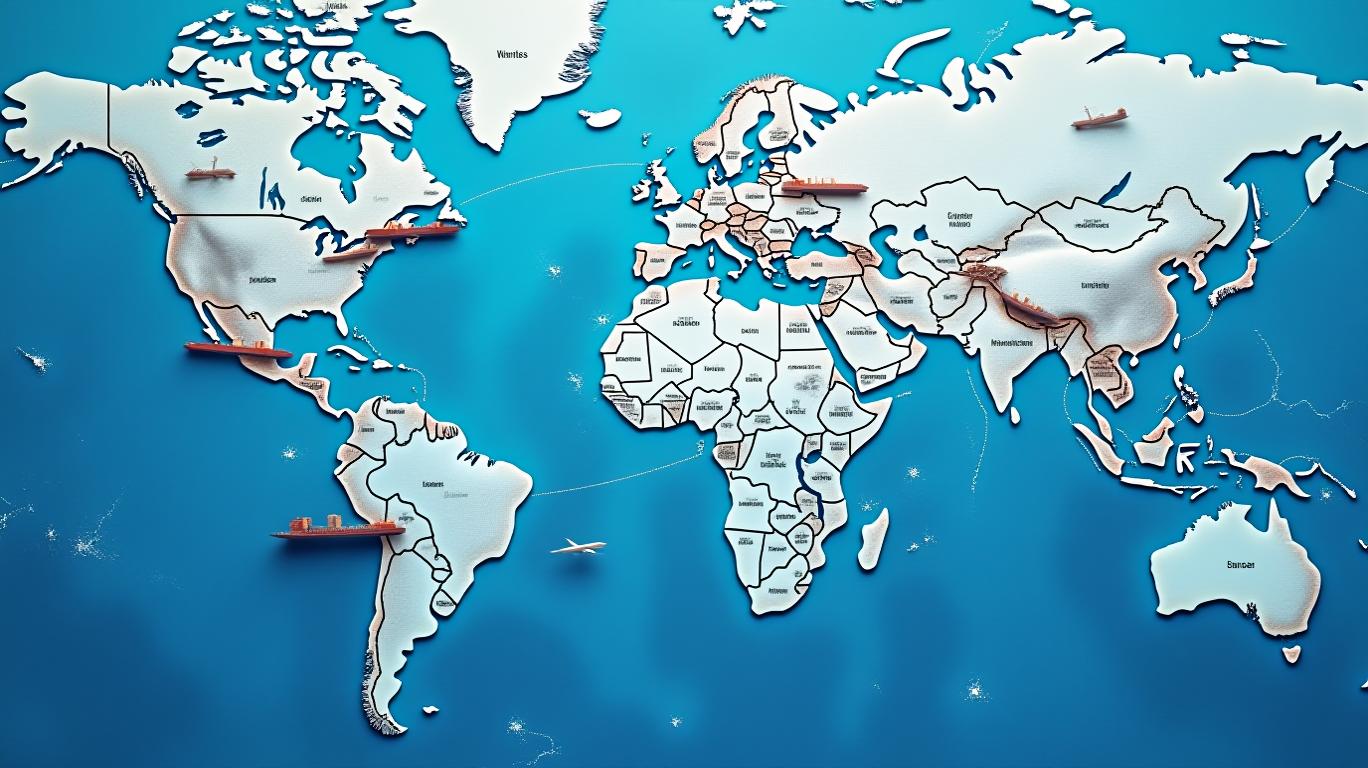Navigating Uncertainty: Thai-U.S. Tariff Postponement and Its Investment Implications
The Thai-U.S. tariff negotiations, initially scheduled for April 23, 2025, were postponed amid unresolved scheduling disputes, leaving investors and businesses in both nations grappling with heightened uncertainty. While the delay avoids an immediate escalation of trade tensions, it underscores the fragile balance between Thailand’s export-driven economy and U.S. protectionist policies under the so-called “Trump 2.0” agenda. For investors, this postponement amplifies risks in key sectors while creating opportunities for those positioned to navigate the evolving landscape.

The Stakes for Thailand’s Economy
Thailand’s reliance on U.S. markets is profound. In 2024, its trade surplus with the U.S. surged to $46 billion, more than doubling since 2016. This imbalance has drawn U.S. scrutiny, with the Trump administration threatening tariffs that could shave at least one percentage point off Thailand’s GDP growth in 2025. Despite strong export growth—13.6% in January and 14% in February—Commerce Minister Pichai Naripthaphan has warned that second-quarter exports face significant headwinds if tariff talks remain unresolved.
The Tariff Threat: More Than Numbers
The negotiations revolve around proposed U.S. tariffs targeting Thai goods. While a 37% reciprocal tariff on all Thai exports has been delayed until July 9, 2025, the U.S. has already imposed a 375% tariff on solar cells, a critical sector for Thailand. This punitive rate, paired with broader Section 232 tariffs on automobiles and electronics, threatens industries that account for nearly 40% of Thailand’s total exports.
For instance, the solar cell tariff directly impacts manufacturers like SunPower Thailand, which supplies 15% of U.S. residential solar panels. Meanwhile, automotive exporters such as Toyota Thailand face rising compliance costs under U.S. rules requiring a higher proportion of domestic content.
Thailand’s Playbook: Reciprocity and Preemptive Moves
To mitigate risks, Thailand has proposed measures to address U.S. concerns:
1. Increasing imports of U.S. commodities: Corn, natural gas, and ethane are prioritized to narrow the trade gap.
2. Reducing non-tariff barriers: Streamlining customs processes and inspections to boost U.S. agricultural exports.
3. Sector-specific negotiations: Engaging industries like textiles and electronics to highlight their contributions to regional supply chains.
The Board of Investment has also launched pre-negotiation roadshows in the U.S., gathering investor data to strengthen Thailand’s bargaining position. These efforts reflect a strategy of demonstrating flexibility while protecting export competitiveness.
Geopolitical Context: Trump’s “America First” Dilemma
The Trump administration’s “America First” approach prioritizes tariffs as a tool to “level the playing field,” but this risks alienating key allies. Thailand, a longstanding U.S. partner, is now caught between diplomatic ties and economic survival. The delay in negotiations may reflect internal U.S. deliberations over whether to escalate or compromise—a decision that could redefine trade dynamics in Asia.
Investment Implications
For investors, the postponed negotiations create both risks and opportunities:
- Sector-specific volatility: Companies exposed to U.S. tariffs—such as solar cell manufacturers and automotive parts suppliers—face near-term headwinds. Monitor stock performance and earnings calls for signs of tariff-related stress.
- Long-term resilience: Sectors like agriculture (corn, rice) and natural gas could benefit from Thailand’s proposed import increases, offering entry points for contrarian investors.
- Diplomatic sensitivity: Investors should track U.S.-Thai diplomatic signals, including the delayed tariff deadlines and any new exemptions.
Conclusion: Balancing Risk and Reward
The Thai-U.S. tariff standoff remains a critical test of Thailand’s export model. While first-quarter export growth of 13.6% to 14% suggests resilience, the threat of a 37% tariff looms large. Investors must weigh the $46 billion trade surplus with the U.S. against the potential GDP drag of 1 percentage point, a material impact for an economy growing at just 3-4% annually.
The postponement buys time for negotiations, but it also amplifies uncertainty. For now, the safest bets are in sectors insulated from tariffs or poised to benefit from Thailand’s countermeasures. However, with U.S. tariffs on solar cells already at 375%, the path forward is anything but clear. Investors would do well to stay nimble—positioning for both compromise and escalation—until the clouds over these negotiations finally lift.


_183e5bc31749756677125.jpeg)







